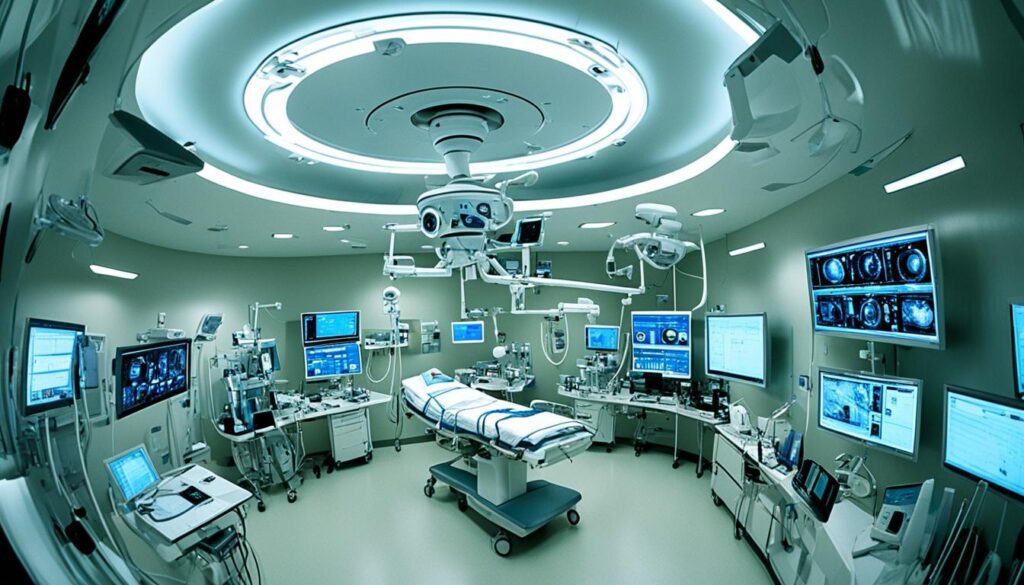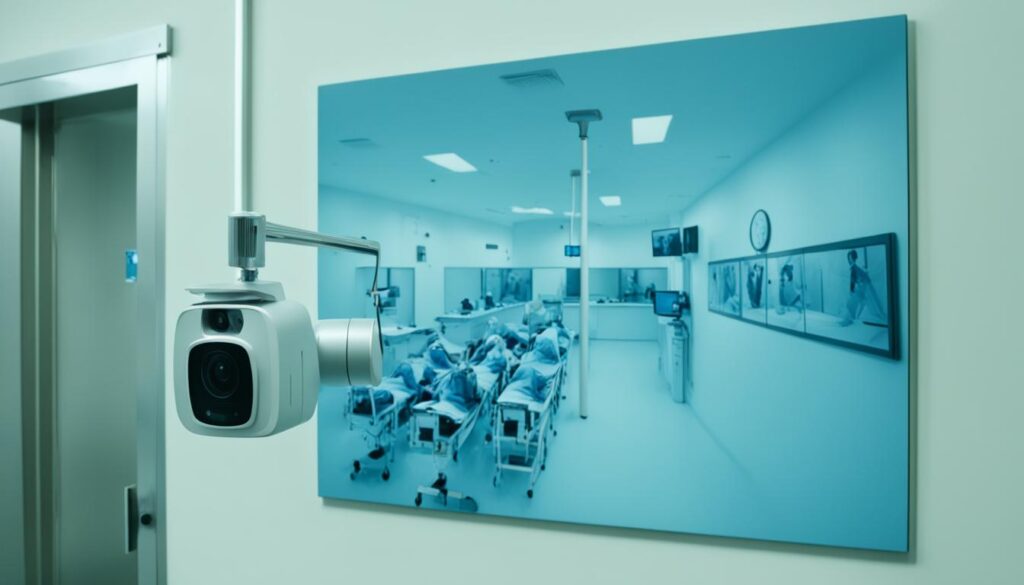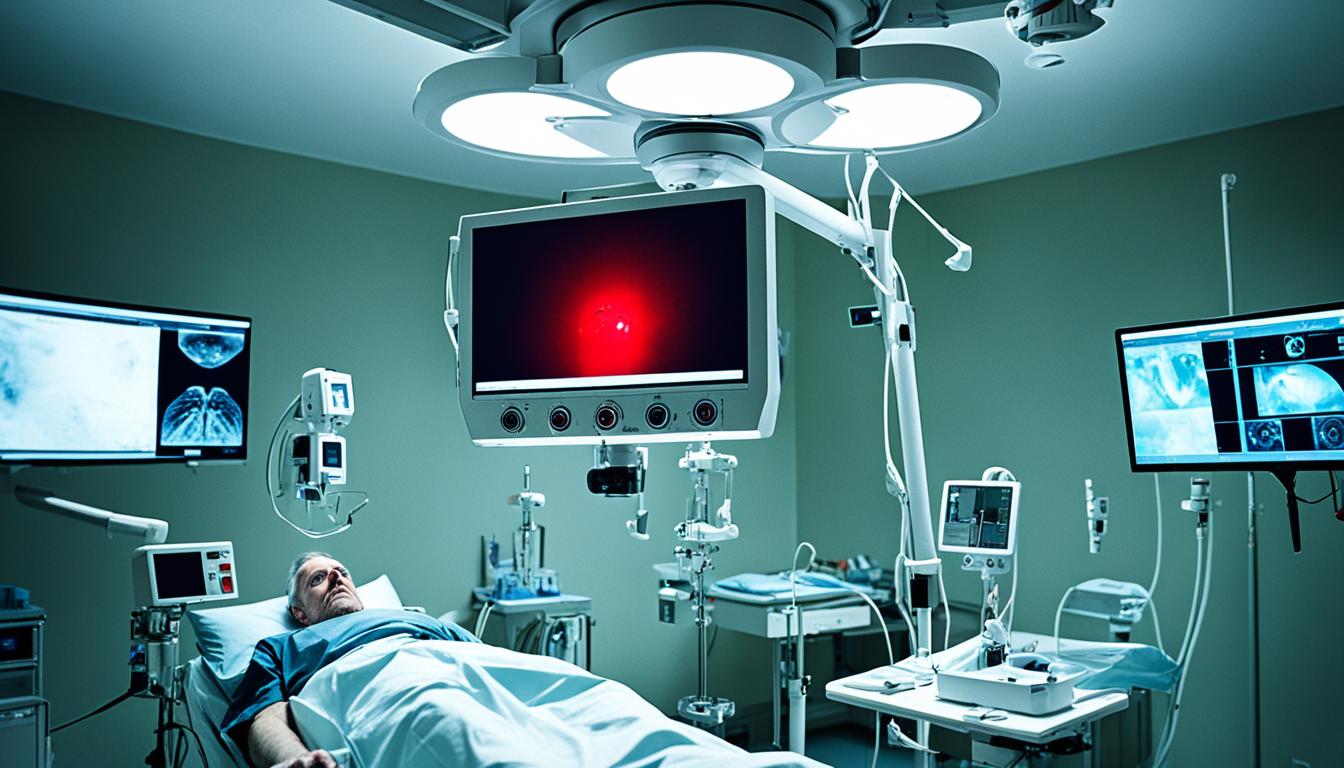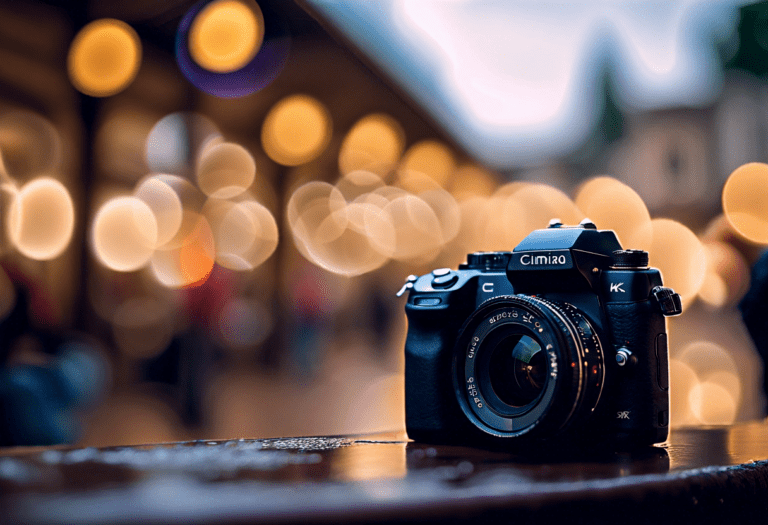are cameras in hospital rooms
When it comes to healthcare settings, patients rightly expect a high level of privacy and security. But what about the presence of cameras in hospital rooms? Are they a necessary measure for patient safety, or do they infringe upon individuals’ rights to privacy? In this article, we delve into the use of cameras in hospital rooms, exploring their legality, benefits, and potential drawbacks. Join us as we examine the intersection of patient privacy, security, and the ever-evolving landscape of US healthcare settings.
Key Takeaways:
- Cameras in hospital rooms are generally used for surveillance and safety purposes.
- The use of cameras is regulated by state laws and the Health Insurance Portability and Accountability Act (HIPAA).
- Patients’ consent is typically required before cameras can be installed in their rooms.
- Cameras can help prevent crime, improve patient safety, and facilitate remote communication.
- HIPAA regulations ensure the privacy and security of camera recordings.
Do Hospital Rooms Have Cameras: Understanding Privacy Laws
Whether hospitals have cameras in patient rooms depends on state laws and hospital policies. Generally, hospitals are not allowed to install cameras without obtaining written consent from patients or their legal representatives. However, there may be exceptions for medical purposes or in designated areas for high-risk patients. Privacy laws vary from state to state, so it is important to check with the local hospital for specific policies regarding the use of cameras in patient rooms.
The Health Insurance Portability and Accountability Act (HIPAA) sets the standard for protecting patient health information and requires hospitals to keep recordings secure and private. Patients must be informed about any surveillance footage taken of them to protect their rights under HIPAA.
Benefits and Uses of Cameras in Hospitals

Cameras in hospitals serve multiple purposes beyond security. They play a crucial role in safeguarding patient safety, preventing crime, and detecting illegal activities. By monitoring public areas, entrances, exits, and high-risk areas, cameras act as a visual deterrent, protecting both patients and staff.
One of the key benefits of camera surveillance is the prevention of infant abduction, elder and patient abuse, and the theft of controlled substances, equipment, and patient files. The presence of cameras can discourage potential wrongdoers, ensuring a secure environment for everyone.
In the event of a crime or suspicious activity, cameras provide immediate response capabilities and valuable evidence for law enforcement officials. They document incidents, allowing for prompt intervention and ensuring that proper action is taken.
Cameras in hospitals also contribute to the safety of patients and staff by creating a secure environment. In situations where timely intervention is crucial, such as preventing falls or responding to medical emergencies, cameras can help healthcare professionals provide immediate assistance.
Furthermore, the utilization of cameras in hospitals enhances overall security measures. They not only deter crime within the premises but also help monitor activities outside the hospital, such as in parking areas. This comprehensive surveillance system plays a vital role in minimizing the risks associated with criminal activities.
Preventing and Detecting Crime
Cameras act as powerful tools in crime prevention and detection. By continuously monitoring high-risk areas, they discourage potential wrongdoers from engaging in criminal activities within the hospital premises. Additionally, footage from cameras can be invaluable in identifying suspects and investigating incidents, thereby aiding law enforcement efforts.
By implementing a robust camera surveillance system, hospitals demonstrate their commitment to patient safety and security. These measures not only protect patients and staff from potential harm but also contribute to the overall well-being of the healthcare environment.
Where Are Cameras Allowed and Not Allowed in Hospitals?

When it comes to the placement of cameras in hospitals, there are specific areas where they are generally allowed and restricted. Cameras play a crucial role in enhancing security and ensuring the safety of patients and staff. However, it is equally important to address privacy concerns and comply with regulations to protect patient rights and confidentiality.
In public areas of hospitals such as parking lots, entrances/exits, hallways, and areas of high security concern, cameras are commonly allowed. These areas require surveillance to deter and monitor any potential security threats or criminal activities. By capturing footage in these spaces, hospitals can maintain a secure environment and provide a quick response if needed.
Despite the benefits of using cameras, certain areas in hospitals have a reasonable expectation of privacy, and as a result, cameras are typically not allowed. These areas include bathrooms, changing rooms, treatment rooms, sleeping quarters, and areas where computer screens displaying protected health information are visible. It is important to respect patient privacy in these spaces and ensure compliance with privacy laws.
The placement of cameras in hospitals is subject to regulation under the Health Insurance Portability and Accountability Act (HIPAA). HIPAA requires hospitals to carefully consider camera placement to protect patient privacy while maintaining the security of the facility. Each state may have specific laws regarding the use of cameras in healthcare settings, so it is essential for hospitals to adhere to local policies and consult legal counsel if necessary to ensure compliance.
By understanding the allowed and restricted areas for cameras in hospitals, healthcare facilities can strike a balance between maintaining security and respecting patient privacy. It is crucial to implement comprehensive policies and procedures, obtain informed consent when required, and regularly review camera footage to ensure compliance with privacy laws.
Use of Cameras in Patients’ Rooms: Medical Purposes and Virtual Check-Ins
Cameras play a crucial role in enhancing patient care by being used in patients’ rooms for various medical purposes. These cameras are strategically placed to review examinations and interactions between doctors and patients, allowing for a detailed assessment of the patient’s condition. This technology enables healthcare professionals to closely monitor patients with specific medical conditions, providing timely interventions and personalized care.
Moreover, cameras in patients’ rooms have become increasingly important, especially during the COVID-19 pandemic. With the need to reduce in-person interactions, virtual check-ins have become a popular alternative for healthcare providers and patients alike. By utilizing cameras, doctors can remotely communicate with patients, assessing their well-being and discussing treatment plans without physically being present in the room. This not only helps prevent the spread of infectious diseases like COVID-19 but also ensures that patients receive the necessary care in a timely manner.
The benefits of using cameras in patients’ rooms extend beyond medical purposes. They facilitate improved communication between doctors and patients, allowing for a better understanding of their concerns and preferences. This enhanced communication ultimately leads to a higher level of patient satisfaction and overall improved patient care.
However, it is important to emphasize that the use of cameras in patients’ rooms must comply with the Health Insurance Portability and Accountability Act (HIPAA) regulations. Patients must provide informed consent before the installation and use of cameras, as their privacy and confidentiality need to be respected. Strict protocols should be in place to ensure that the recordings and any associated medical information remain secure and confidential.
Access to Recordings and HIPAA Compliance
HIPAA regulations play a crucial role in determining who has access to camera recordings in hospitals. To ensure patient privacy and data security, only authorized personnel with a legitimate need for access should be allowed to view the recordings. This typically includes healthcare providers involved in treatment, payment, or healthcare operations.
Security officers and other relevant personnel should also receive proper training on HIPAA compliance procedures to uphold patient privacy throughout the process. It is essential to understand the rules and regulations surrounding the use of camera recordings to prevent unauthorized access and protect sensitive information.
In order to maintain compliance with HIPAA, camera recordings that contain protected health information must be stored securely and kept private. This ensures that patient confidentiality is upheld at all times.
Patients have the right to be informed if any surveillance footage has been taken of them. This transparency is crucial for protecting their rights under HIPAA and providing them with the necessary reassurance regarding their privacy.
Key Takeaways:
- HIPAA regulations govern access to camera recordings in hospitals.
- Only authorized personnel with a legitimate need for access should be allowed to view the recordings.
- Privacy training for security officers and relevant personnel is essential for HIPAA compliance.
- Camera recordings that contain protected health information must be kept secure and private.
- Patients have the right to be informed about any surveillance footage taken of them.
Other Laws Governing Video Surveillance in Hospitals
In addition to the laws set forth by HIPAA, there are various state-specific regulations that govern the usage of video surveillance in hospitals. These additional laws, which vary from state to state, can have a significant impact on the circumstances and methods by which hospitals can utilize video recordings. For example, some states may allow the use of cameras in private nursing home rooms.
It is essential for hospitals to be fully informed and compliant with these local laws to minimize potential privacy-related issues and legal liabilities. To ensure effective implementation of video surveillance in healthcare facilities, it is advisable for hospitals to consult with legal counsel and maintain awareness of local policies and regulations.
Conclusion
Cameras in hospital rooms have the potential to both enhance patient privacy and security. They play a crucial role in deterring and documenting criminal activity, preventing abuse, and improving overall patient safety. However, it is essential that their use is carefully regulated in order to protect patient privacy rights.
Compliance with HIPAA regulations and state-specific laws is paramount to ensure that cameras are used in a manner that respects patient privacy and maintains data security. Obtaining informed consent from patients, being transparent about the presence and purpose of cameras, and providing appropriate training to staff on privacy compliance are key steps towards striking a balance between enhancing security and safeguarding patient privacy.
By adhering to these guidelines, hospitals can effectively harness the benefits of cameras in patient rooms while minimizing any potential negative impacts. It is crucial that hospitals prioritize patient privacy and stay aware of evolving laws and regulations surrounding video surveillance in healthcare facilities. This way, they can uphold patient privacy rights and remain at the forefront of compliance in the healthcare industry.



